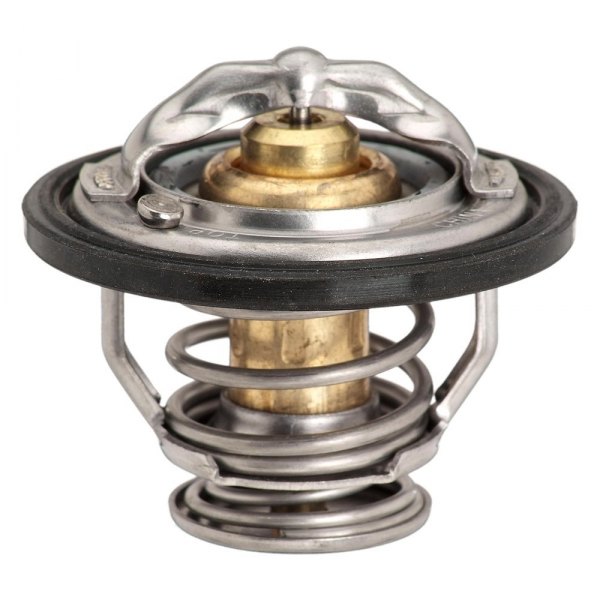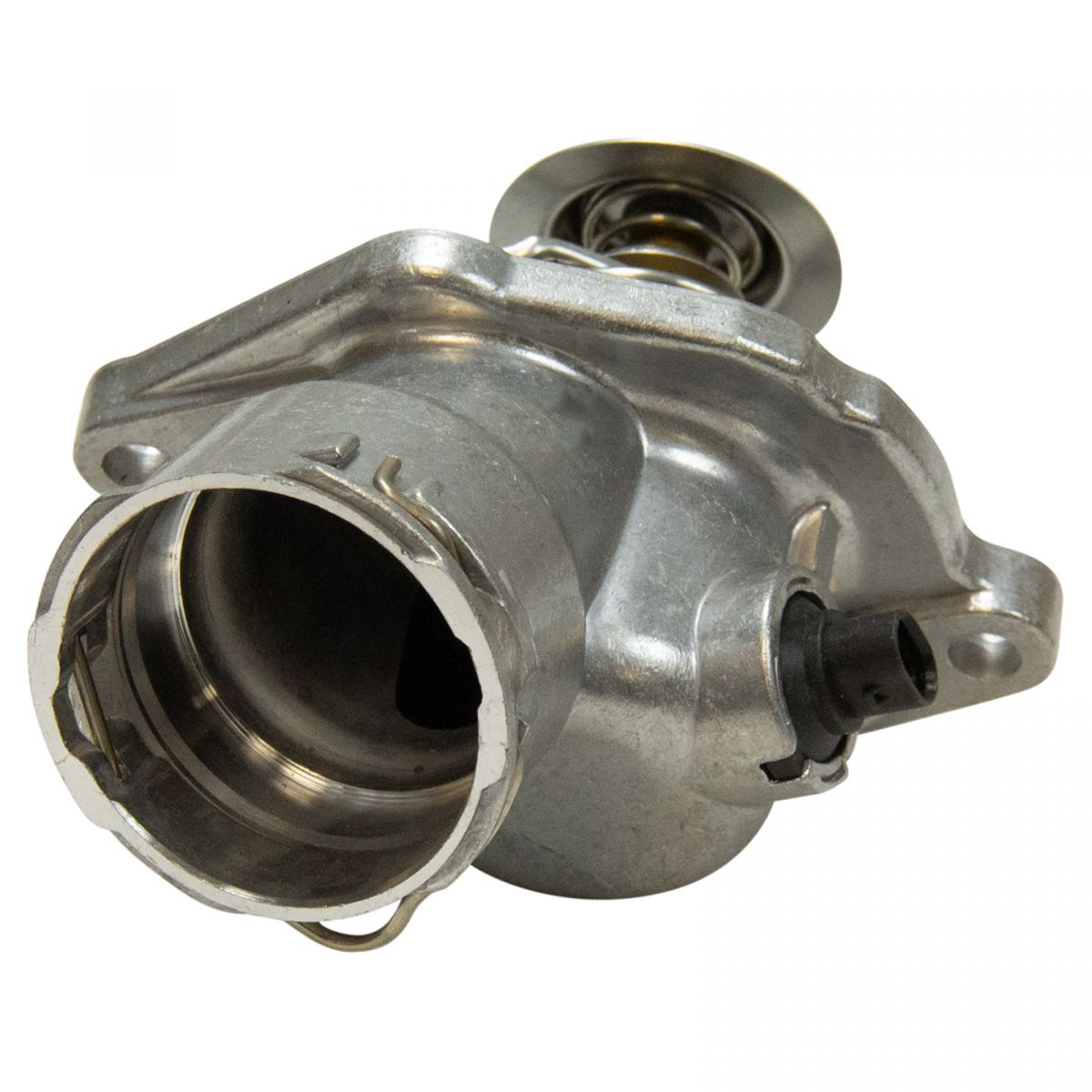
#ENGINE COOLANT THERMOSTAT HEATER PLUS#
Make sure you consult with your friendly and knowledgeable Auto Care Plus service advisor about when your cooling system should be serviced.Īsk us for a cooling system service next time you are in the shop as it will save you much aggravation down the road. Also, quickly repairing any leaks and inspecting hoses for signs of internal breakdown will help keep any from becoming an emergency.
#ENGINE COOLANT THERMOSTAT HEATER MANUAL#
Changing your coolant/antifreeze as directed by your owner’s manual or upon the advice of your Auto Care Plus service advisor will help ensure your coolant has enough corrosion inhibitors working to protect this system. The good news is that the things you do to protect your cooling system also protect your heater core. Depending on the design of your vehicle, you may even get coolant leaking out onto the floor of your vehicle and under your carpet.Ĭoolant/antifreeze leaking out through the heater core means that the overall coolant level in the system will be low and the engine is in danger of overheating – which is the cause of mechanical breakdown and engine failure. You may also see coolant on the driveway. Of course, breathing coolant vapors is bad for you. You may even see vapor coming out the vents and notice a film building up inside the windows. This is coolant leaking out and getting into the air. Includes housing, thermostat, sensor and seal. Notes: 221 F (105 C), Engine Coolant Thermostat Housing Assembly. Application: OEM recommended temperature. Check if this fits your 2014 Chevrolet Cruze. There are several signs that warn of a leaky heater core: First you may smell odor coming from your vents. Duralast Engine Coolant Thermostat Housing Assembly 2821DL. When the corrosion inhibitors are depleted, the cooling system can become corroded, filled with contaminants and may even start to leak. The coolant/antifreeze contains corrosion inhibitors that coat the surfaces inside the cooling system, including the heater core. Many modern cars, trucks, and SUVs rely on a liquid called antifreeze or coolant to keep your motor running at an optimal temperature.

Things that adversely affect, say, your radiator will also harm your heater core, radiator and heater hoses, water pump and thermostat. The engine’s cooling system, in a larger sense, also encompasses the heater core. In other vehicles, the temperature of the air is controlled within the air blending box by how much air is directed over the heater core. Some vehicles have a heater valve that moves coolant through the heater core when the heat is on and bypasses the heater core when the heat is off.

When you turn on the heat, air blows over the heater core, is warmed, and comes into the cabin via the duct work behind your dash. The heater core looks like a little radiator and lives in a plastic box (air blending box) behind the dashboard. There is also a hose that carries coolant/antifreeze from the engine to the heater core and another that takes it back into the engine. Well, as your engine starts to warm up, it also warms the coolant/antifreeze that circulates around the engine and through the radiator. You may wonder where the hot air in car comes from.


 0 kommentar(er)
0 kommentar(er)
